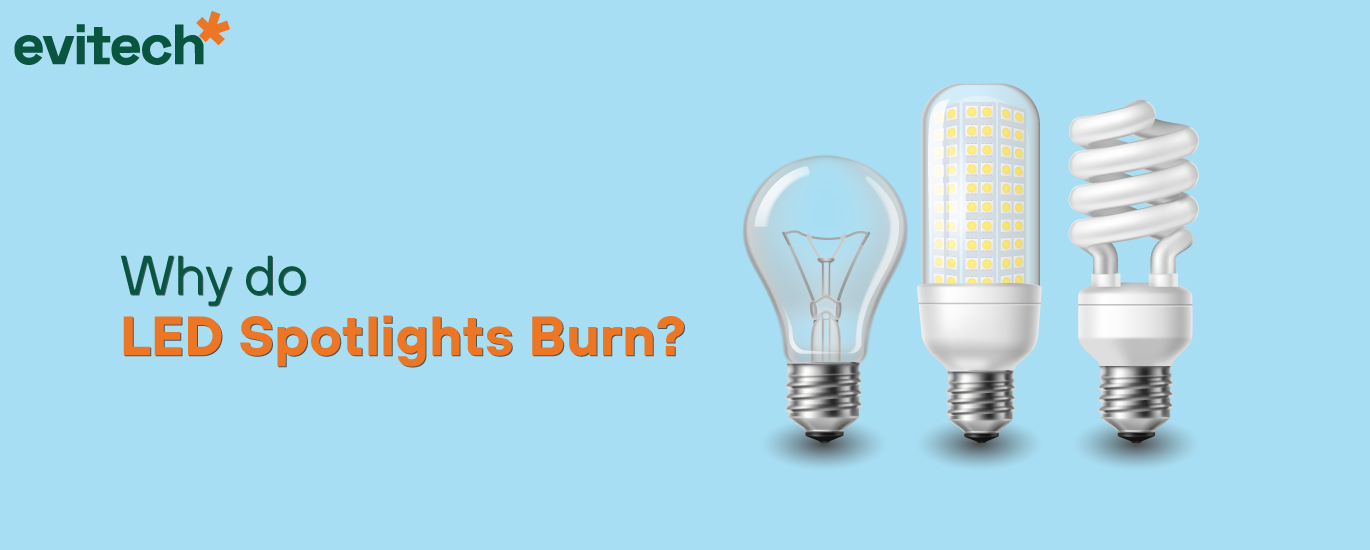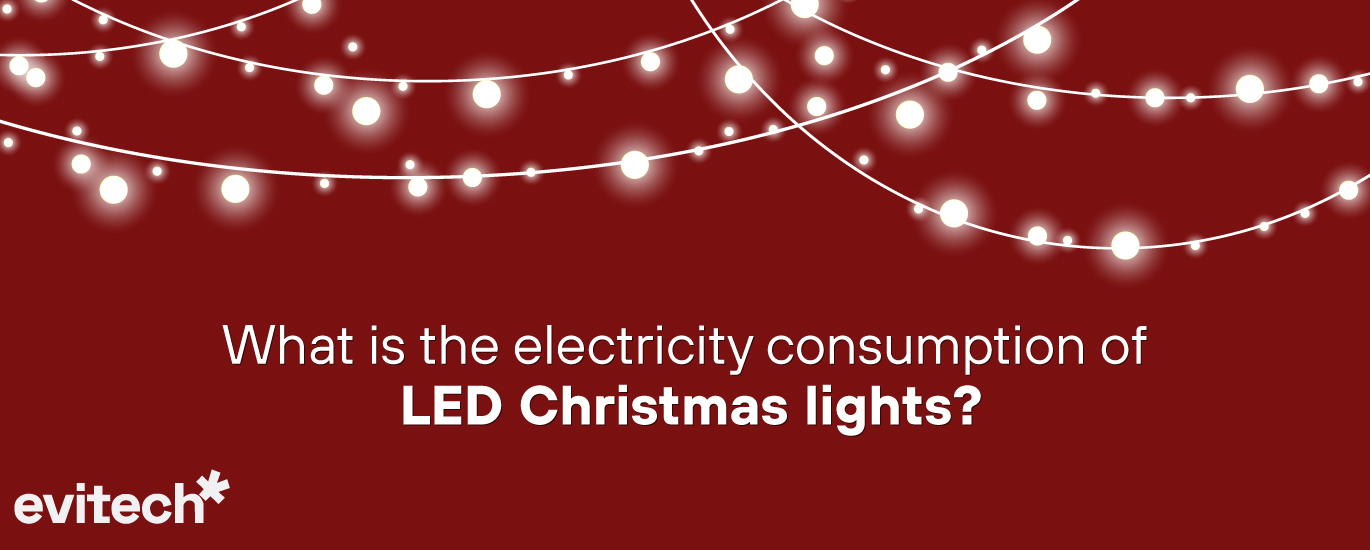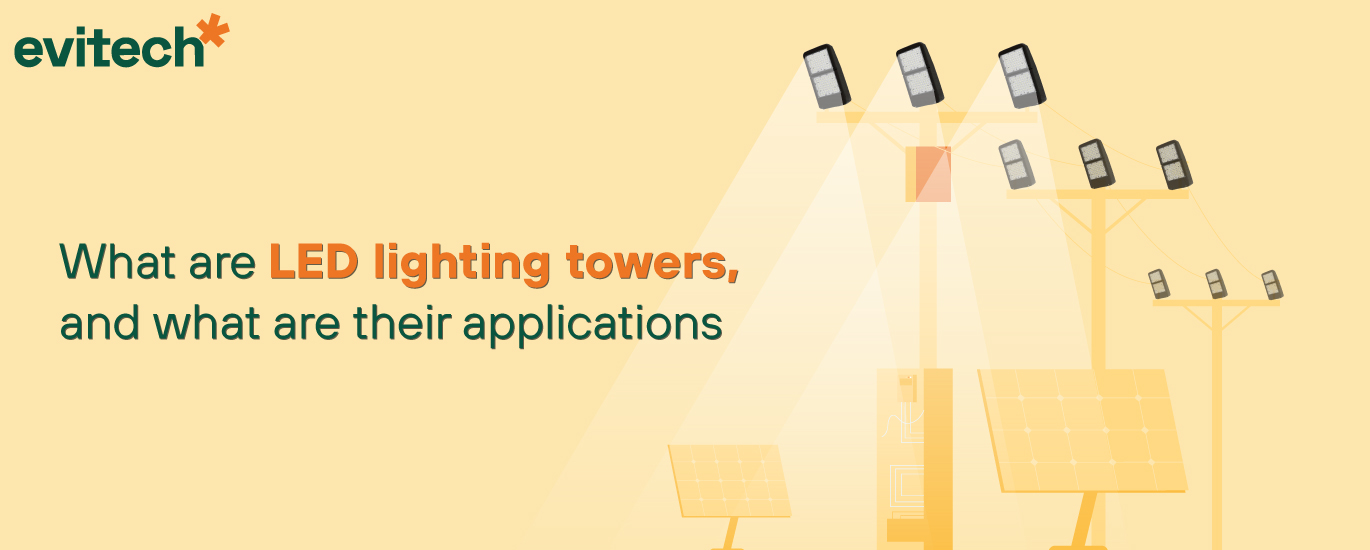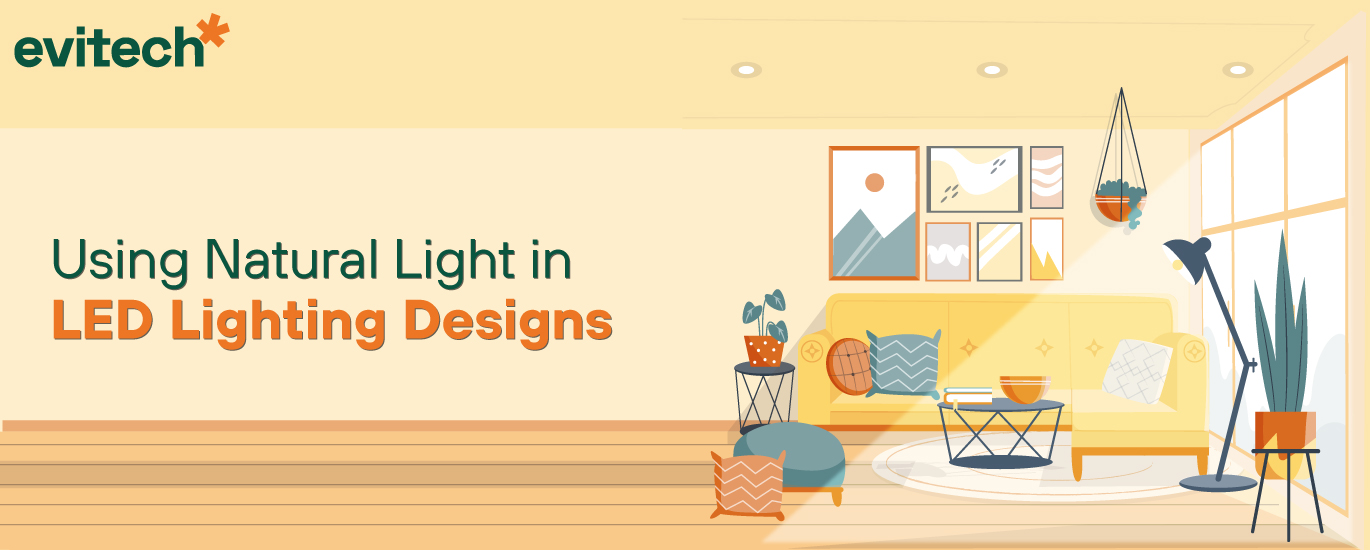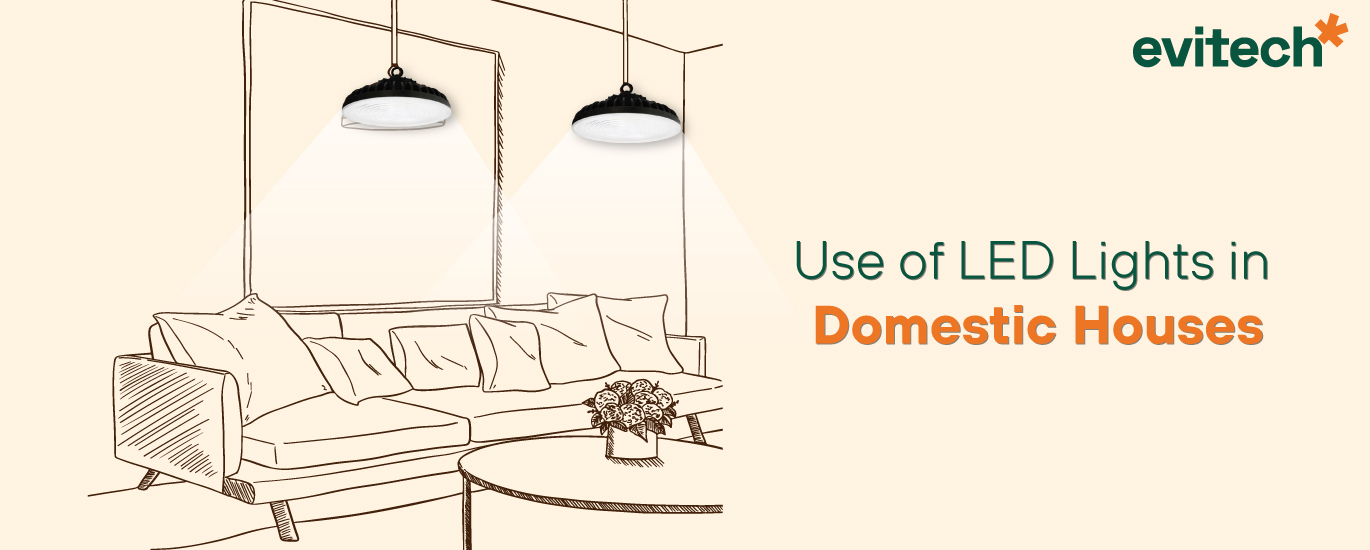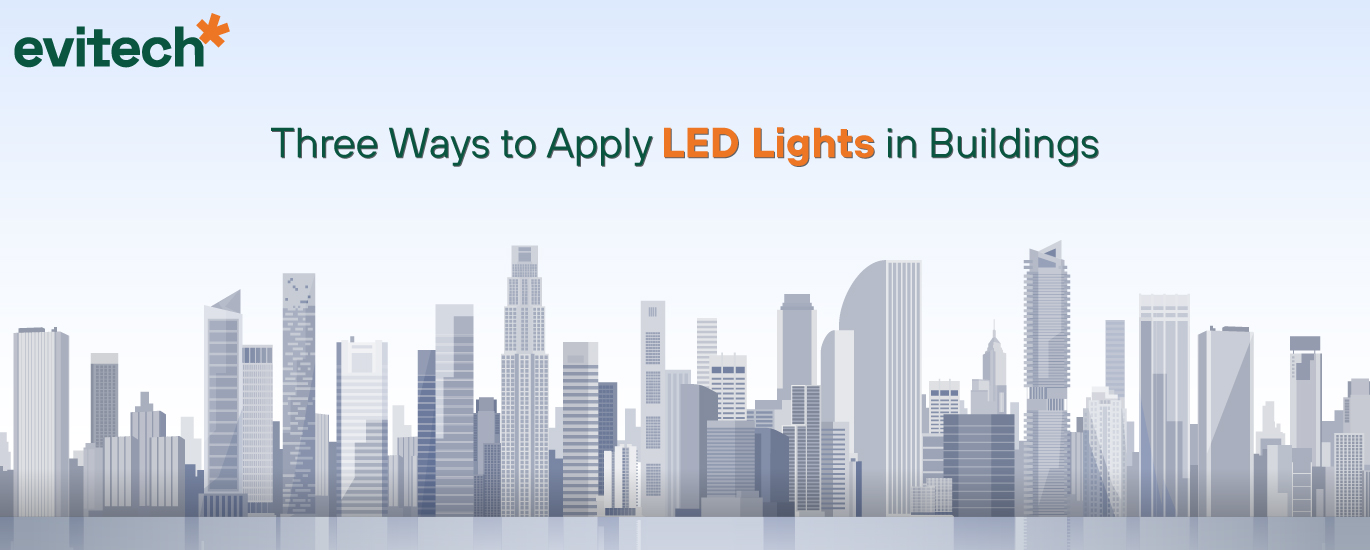Why do LED Spotlights Burn?
Currently, there are LED lamps for up to 100,000 hours. However, some LEDs fail within days or weeks. This usually occurs when using low-quality products without certification seals such as UL, ETL, CSA or CE. LED bulbs can also fail if the wiring does not have adequate electrical protection.
LEDs fail in a short time if they are of poor quality or if the electrical installation is poor.
When buying LED lamps, it is recommended to look for quality products even if their price is higher. Better to have a $5.00 LED bulb that lasts 25,000 hours rather than a $2.00 bulb that fails in a matter of weeks.
Certification Marks for LED Lamps and Luminaires
Organizations are dedicated to testing and certifying electrical products of all kinds, including LEDs. The following are some of the more common certification marks:
- UL – Underwriters Laboratories
- ETL – Intertek
- CSA – Canadian Standards Association
- CE – European Conformity
These neutral organizations follow standards, so they are not dependent on specific manufacturers. Laboratory tests focus on electrical safety but also ensure product quality. An LED lamp that operates without fail offers safety and longer service life.
LED Product Warranties
No manufacturing process is perfect: even quality LED lamps can fail, although there is a low probability. To avoid expenses due to LED bulb failure, It is recommended to look for products with a guarantee.
A strong warranty ensures your return on investment when using LED lighting. Any lamp that fails within the warranty period can be replaced free of charge.
The Importance of a Professional Electrical Installation
Even a quality LED fixture is vulnerable to voltage spikes, short circuits, and other electrical faults.
Before installing LED lighting in a home or business, it is advisable to check the wiring, circuit breakers and grounding system. An adequate electrical installation protects the entire building and its personnel.
LED light consumes less energy than other types of lighting. Therefore, the load on the wiring is reduced after switching. However, it is essential to verify that the wiring is in good condition and that the breakers are adequate.
Latest Post
- Why do LED Spotlights Burn?
- What is the electricity consumption of LED Christmas lights?
- What are LED lighting towers, and What are their Applications?
- Using Natural Light in LED Lighting Designs
- Use of LED Lights in Domestic Houses
- Three Ways to Apply LED Light in Buildings
- Savings in Air Conditioning with LED Lighting
- Replacement of Halogen Spotlights by LED
- Recommendations when Buying LED Lights for Cars
- LED Lighting Connected to the Internet: A Promising Technology

